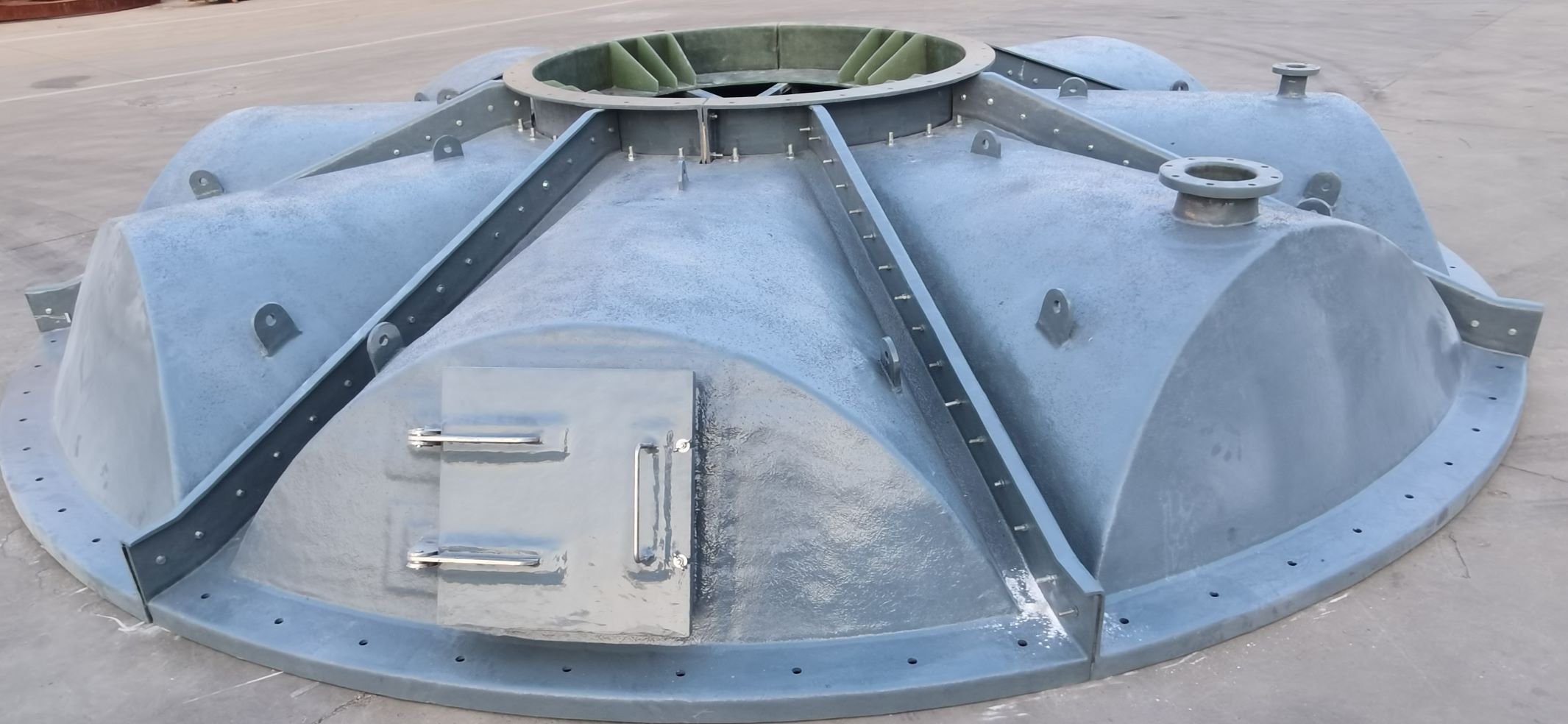
-
 Afrikaans
Afrikaans -
 Albanian
Albanian -
 Amharic
Amharic -
 Arabic
Arabic -
 Armenian
Armenian -
 Azerbaijani
Azerbaijani -
 Basque
Basque -
 Belarusian
Belarusian -
 Bengali
Bengali -
 Bosnian
Bosnian -
 Bulgarian
Bulgarian -
 Catalan
Catalan -
 Cebuano
Cebuano -
 China
China -
 China (Taiwan)
China (Taiwan) -
 Corsican
Corsican -
 Croatian
Croatian -
 Czech
Czech -
 Danish
Danish -
 Dutch
Dutch -
 English
English -
 Esperanto
Esperanto -
 Estonian
Estonian -
 Finnish
Finnish -
 French
French -
 Frisian
Frisian -
 Galician
Galician -
 Georgian
Georgian -
 German
German -
 Greek
Greek -
 Gujarati
Gujarati -
 Haitian Creole
Haitian Creole -
 hausa
hausa -
 hawaiian
hawaiian -
 Hebrew
Hebrew -
 Hindi
Hindi -
 Miao
Miao -
 Hungarian
Hungarian -
 Icelandic
Icelandic -
 igbo
igbo -
 Indonesian
Indonesian -
 irish
irish -
 Italian
Italian -
 Japanese
Japanese -
 Javanese
Javanese -
 Kannada
Kannada -
 kazakh
kazakh -
 Khmer
Khmer -
 Rwandese
Rwandese -
 Korean
Korean -
 Kurdish
Kurdish -
 Kyrgyz
Kyrgyz -
 Lao
Lao -
 Latin
Latin -
 Latvian
Latvian -
 Lithuanian
Lithuanian -
 Luxembourgish
Luxembourgish -
 Macedonian
Macedonian -
 Malgashi
Malgashi -
 Malay
Malay -
 Malayalam
Malayalam -
 Maltese
Maltese -
 Maori
Maori -
 Marathi
Marathi -
 Mongolian
Mongolian -
 Myanmar
Myanmar -
 Nepali
Nepali -
 Norwegian
Norwegian -
 Norwegian
Norwegian -
 Occitan
Occitan -
 Pashto
Pashto -
 Persian
Persian -
 Polish
Polish -
 Portuguese
Portuguese -
 Punjabi
Punjabi -
 Romanian
Romanian -
 Russian
Russian -
 Samoan
Samoan -
 Scottish Gaelic
Scottish Gaelic -
 Serbian
Serbian -
 Sesotho
Sesotho -
 Shona
Shona -
 Sindhi
Sindhi -
 Sinhala
Sinhala -
 Slovak
Slovak -
 Slovenian
Slovenian -
 Somali
Somali -
 Spanish
Spanish -
 Sundanese
Sundanese -
 Swahili
Swahili -
 Swedish
Swedish -
 Tagalog
Tagalog -
 Tajik
Tajik -
 Tamil
Tamil -
 Tatar
Tatar -
 Telugu
Telugu -
 Thai
Thai -
 Turkish
Turkish -
 Turkmen
Turkmen -
 Ukrainian
Ukrainian -
 Urdu
Urdu -
 Uighur
Uighur -
 Uzbek
Uzbek -
 Vietnamese
Vietnamese -
 Welsh
Welsh -
 Bantu
Bantu -
 Yiddish
Yiddish -
 Yoruba
Yoruba -
 Zulu
Zulu
Optimizing Techniques for Enhancing Efficiency in FRP Laundering Processes
Exploring Efficient Methods for Streamlining FRP Laundering
Fiber Reinforced Polymer (FRP) has garnered significant attention in various industries due to its lightweight, high strength, and corrosion-resistant properties. However, the laundering of FRP products poses unique challenges, particularly in ensuring that the manufacturing processes remain efficient and cost-effective while maintaining product quality. As industries evolve, the need to streamline FRP laundering processes becomes imperative. Here, we explore several methods that can enhance efficiency in FRP laundering without compromising the integrity of the materials.
One of the primary approaches to streamline the laundering of FRP is the optimization of cleaning processes. Traditional methods may involve extensive manual labor and time-consuming procedures. By integrating automated cleaning systems, manufacturers can significantly reduce the time spent on laundering while minimizing human error. Advanced cleaning technologies, such as ultrasonic cleaning or automated spray systems, can ensure that FRP components are thoroughly cleansed of resins and contaminants, promoting better adhesion in subsequent production stages.
Moreover, the development and adoption of eco-friendly solvents can enhance the laundering process. Many conventional solvents are not only harmful to the environment but can also pose health risks to workers. By utilizing biodegradable and less toxic alternatives, manufacturers can improve workplace safety, reduce environmental impact, and adhere to regulatory standards. This transition not only streamlines the laundering process but also positively impacts the overall sustainability of the production operations.
exploring efficient methods for streamlining frp laundering

Training and workforce development are also crucial in optimizing FRP laundering procedures. Investing in employee training ensures that workers are well-versed in the latest laundering technologies and methods. By cultivating a knowledgeable workforce that understands the intricacies of FRP manufacturing, companies can enhance efficiency and product quality. Continuous education on best practices for laundering, including handling and storage of raw materials, can lead to significant reductions in waste and improved workflow.
Additionally, employing a just-in-time (JIT) inventory management system can streamline the laundering process. By aligning the laundering of FRP components with production schedules, manufacturers can reduce downtime and improve throughput. JIT encourages better communication between departments, allowing for more synchronized operations, which minimizes the surplus buildup of materials awaiting cleaning.
Finally, leveraging data analytics can inform decision-making and process improvements. By analyzing past laundering performance data, manufacturers can identify patterns and bottlenecks that hinder efficiency. Implementing predictive maintenance on cleaning equipment can prevent unexpected breakdowns and downtime, ensuring a smoother laundering process.
In conclusion, streamlining FRP laundering requires a multifaceted approach that includes technological innovation, sustainable practices, effective workforce training, inventory alignment, and data-driven strategies. By adopting these efficient methods, manufacturers can enhance productivity, minimize costs, and sustain the superior quality of their FRP products, ultimately paving the way for continued growth and success in this dynamic industry.









